Lots of interesting abstracts and cases were submitted for TCTAP 2025. Below are the accepted ones after a thorough review by our official reviewers. Don’t miss the opportunity to expand your knowledge and interact with authors as well as virtual participants by sharing your opinion in the comment section!
TCTAP C-031
Use of Filter Wire in Native Vessels With High Thrombus Burden in STEMI - A Single Centre Case Series
By Jin Hien Wong, Zhan Yun Lim
Presenter
Jin Hien Wong
Authors
Jin Hien Wong1, Zhan Yun Lim1
Affiliation
Khoo Teck Puat Hospital, Singapore1,
View Study Report
TCTAP C-031
Coronary - Adjunctive Procedures (Thrombectomy, Atherectomy, Special Balloons)
Use of Filter Wire in Native Vessels With High Thrombus Burden in STEMI - A Single Centre Case Series
Jin Hien Wong1, Zhan Yun Lim1
Khoo Teck Puat Hospital, Singapore1,
Clinical Information
Patient initials or Identifier Number
Relevant Clinical History and Physical Exam
We describe three patients aged 57-65 years old presenting with STEMI, one of whom was an out of hospital cardiac arrest with sustained inferior ST-elevations on ECG after ROSC. All three patients were sent to the catherization laboratory emergently for primary percutaneous coronary intervention.
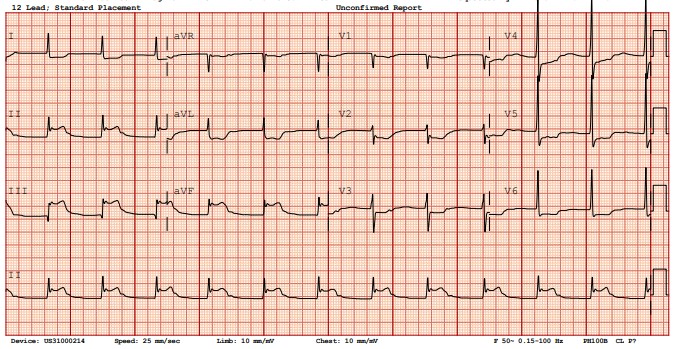
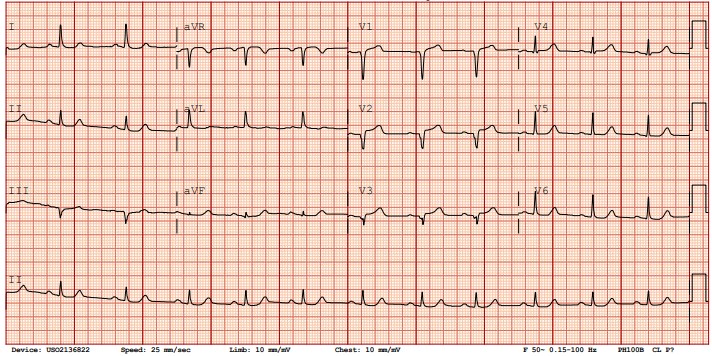
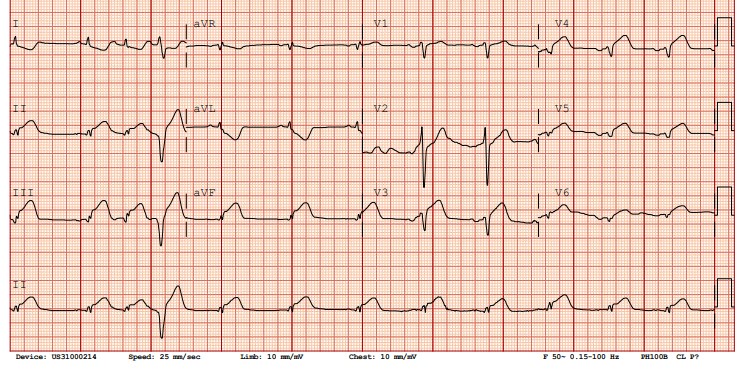



Relevant Test Results Prior to Catheterization
Relevant Catheterization Findings
In all three patients, coronary angiography revealed 100% thrombotic occlusion in either the proximal right coronary artery (2/3 cases) or left anterior descending coronary artery (1/3 cases).
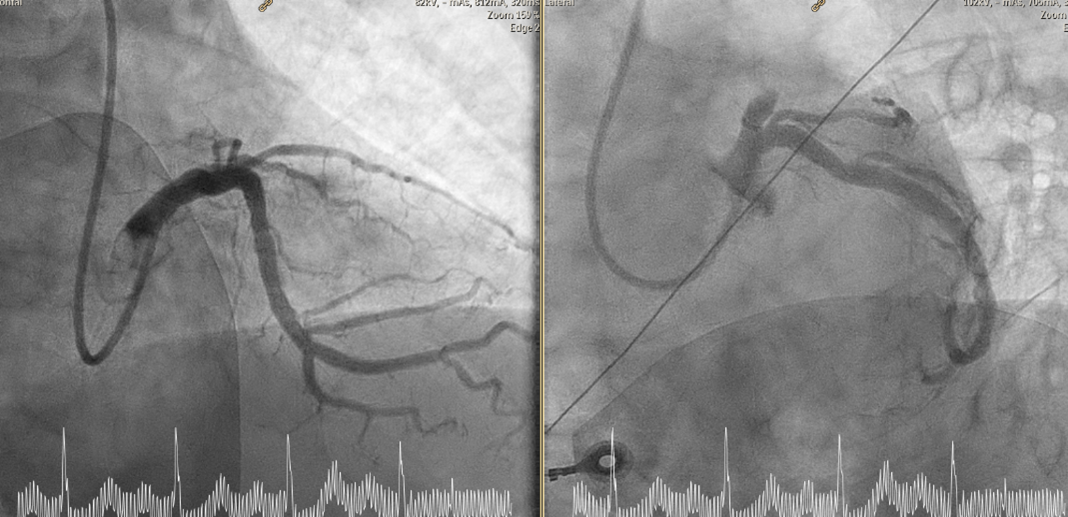
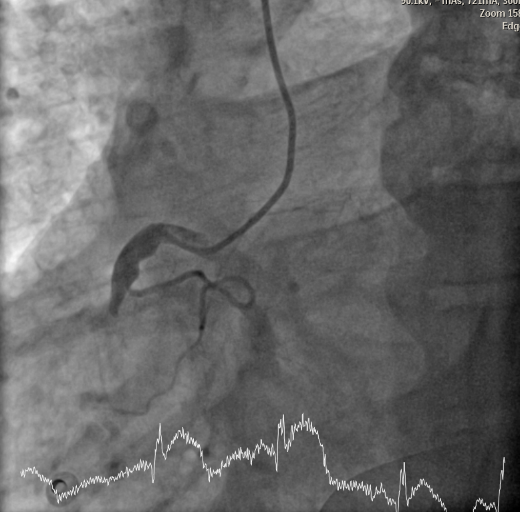
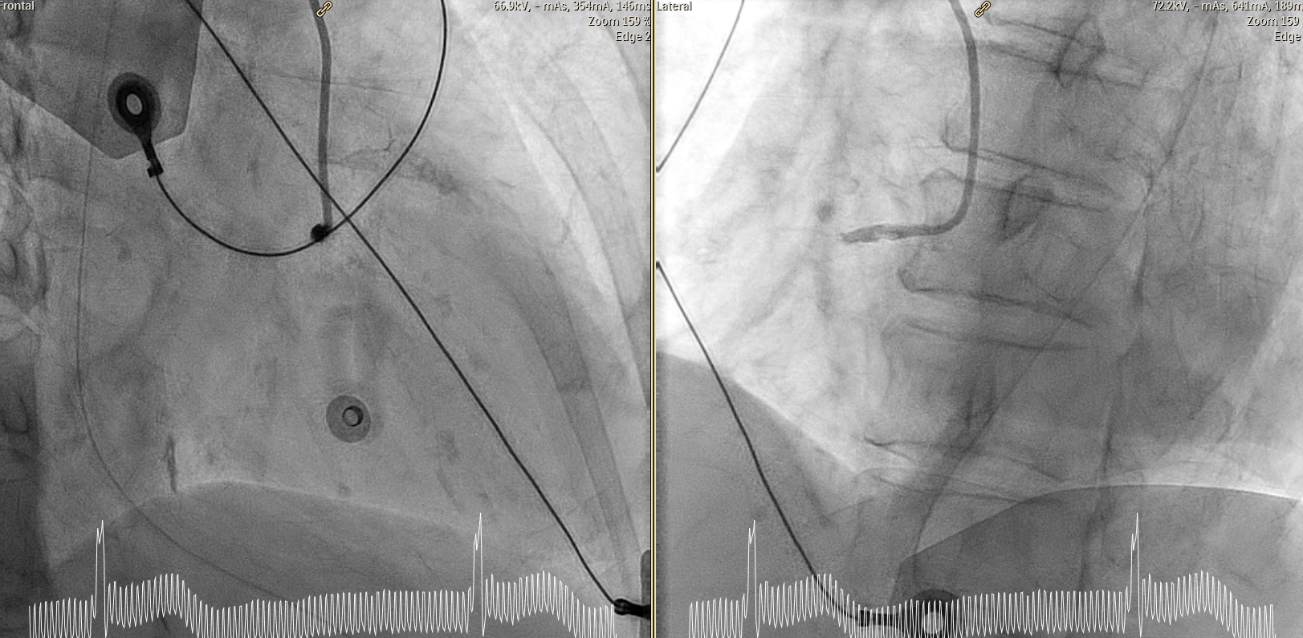



Interventional Management
Procedural Step
Initial management included aspiration thrombectomy and lesion preparation with balloon angioplasty. Despite this, a significant thrombus burden persisted on both coronary angiography and intravascular ultrasound. To minimize the risk of distal embolization, a filter wire was carefully deployed distal to the lesion before stent placement. The wire served as a distal embolic protection device, capturing debris dislodged during stent deployment and post-dilation. There was no peri-procedural ST-segment elevation. The filter wire was removed without complication after post-dilation. Post-procedure angiography confirmed TIMI III flow in all three cases, with no angiographic or clinical evidence of distal embolization.

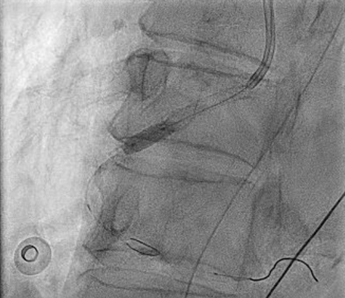
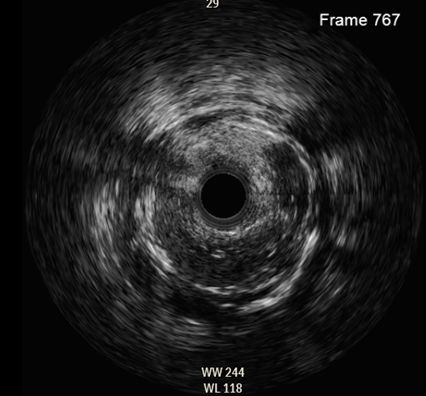



Case Summary
STEMI due to large thrombus burden are not infrequent. Recent studies have shown that failed thrombus aspiration including distal embolization is associated with reduced myocardial perfusion by occlusion of distal microvasculature, reduced LVEF, and adverse clinical outcomes. In this case series, we have demonstrated the safe use of filter wire in native vessels in STEMI with residual high thrombus burden after conventional treatment as a distal embolic protection device. TIMI III flow was restored despite high thrombus burden without evidence of distal embolization. This highlights the potential use of distal embolization protection devices to potentially prevent no reflow phenomenon.


